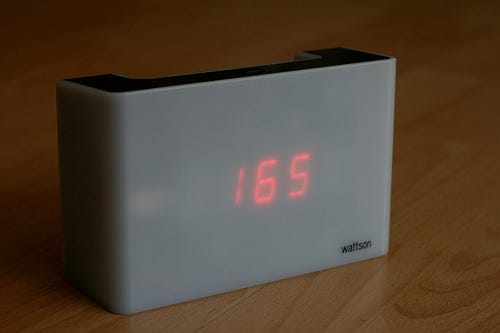I went along to the London CleanWeb meetup last night which according to a visitor from San Francisco was quite a lot bigger than the one over there. It doesn’t surprise me. We get lots of great BGV applications for startups trying to use digital tech to reduce greenhouse gas emissions and I’m hoping for many more when applications open next week. Listening to the talks last night it seemed to me there are a few areas where we might see lots of innovation over the next few years:
- Connected devices — everything from Nest through to internet enabled fridges. The point of devices being connected is generally to optimise them. Nesta’s Dynamic Demand Challenge is also interesting here.
- Data science — taking the huge amounts of data created in energy systems and finding insights that enable efficiency improvements. Examples include EcoFactor and Bidgely.
- Behaviour feedback — hardware is only part of the system, humans are the other part. Tech that helps people improve their energy behaviour includes things like Shutdown Scanner or oPower.
- Marketplaces — when you start looking at electricity, one of the most striking features is how centralised in is. The ‘big six’ have a huge (and deeply conservative) effect on any improvement. It’s not a sustainable situation and will almost certainly be disrupted over the coming years. That’s why we’ve backed Open Utility and I expect others to find ways of using marketplaces to reduce emissions.
Related articles
- Cleanweb September — Cleanweb Energy (cleanweb.org.uk)
- Cleanweb Startups Make Their Debut at Start Demo Day (xconomy.com)
- Beijing Cleanweb Hackathon, July 27–28 @ Microsoft (technode.com)



